
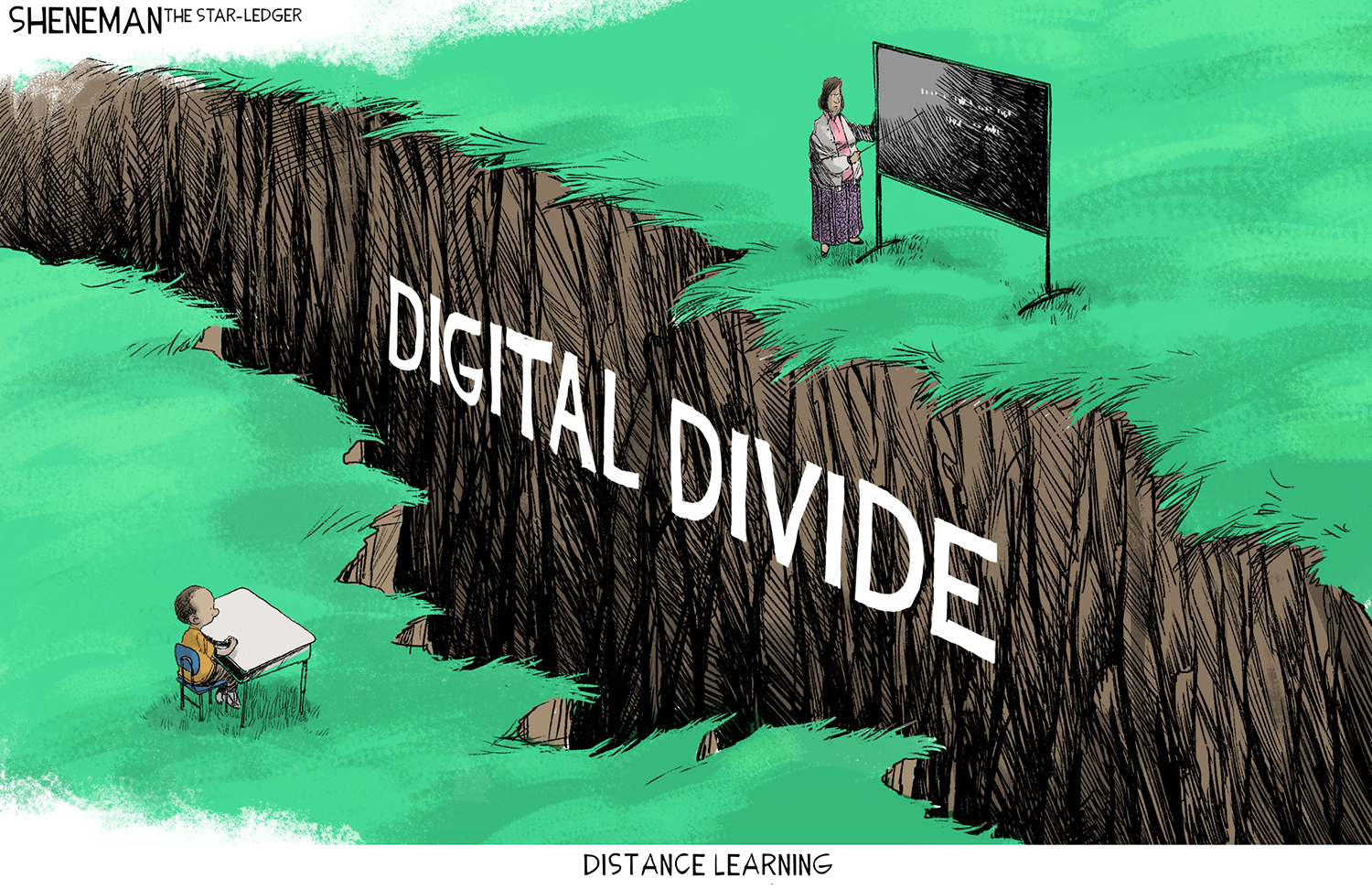
Subject: The gap between regions that have access to modern internet and those that don't.
From [Tween and teen health],
[Top 30 Innovations].
As the internet grows and expands, there are still billions of people left without internet or computer access. It seems simple at first, but there are many factors contributing to the world’s lack of internet access. These include affordability, availability, quality, and access to devices. The divide is most apparent in third-world and developing countries, but it also occurs in first-world and wealthier countries such as the United States. There is also a divide between rural and urban areas, and the digital divide also corresponds to other divides. About 3.6 billion people, or about 46.4% of the world, remained completely unconnected to the internet as of 2020. Even more people remain without access to a computer or device that can reach the internet. The most obvious reason for this is the affordability of technology, which greatly varies depending on how much income a person has. Many people around the world do not have enough income to cover the cost of computers, and they may not even have enough for food and other essential needs. Even if a person has computer access, the next step is to actually have available access to the internet. This is quite common in urban areas around the world, but not so much in rural areas, developing countries, and the majority of Africa. Furthermore, the quality of the internet service may not be enough for the demands of the user and it may also be unreliable and inconsistent. People who are excluded from internet or computer access do not have the same access to information on healthcare, economic opportunities, and educational opportunities. Because of these major inequalities between those with computer and internet access and those without, it becomes more and more important to stop the divide. Fortunately, the divide in urban areas is becoming less of a problem every year, but rural areas have not seen as much rapid progress. Community networks are ways that rural communities can overcome these challenges. These networks provide aid by bringing affordable internet access and sharing digital literacy knowledge needed to teach community members about using computers and the internet. Community networks such as the Murambinda network in Zimbabwe or the Internet Society’s Nepal initiative have already found success in rural communities, and there are still many more communities around the world.
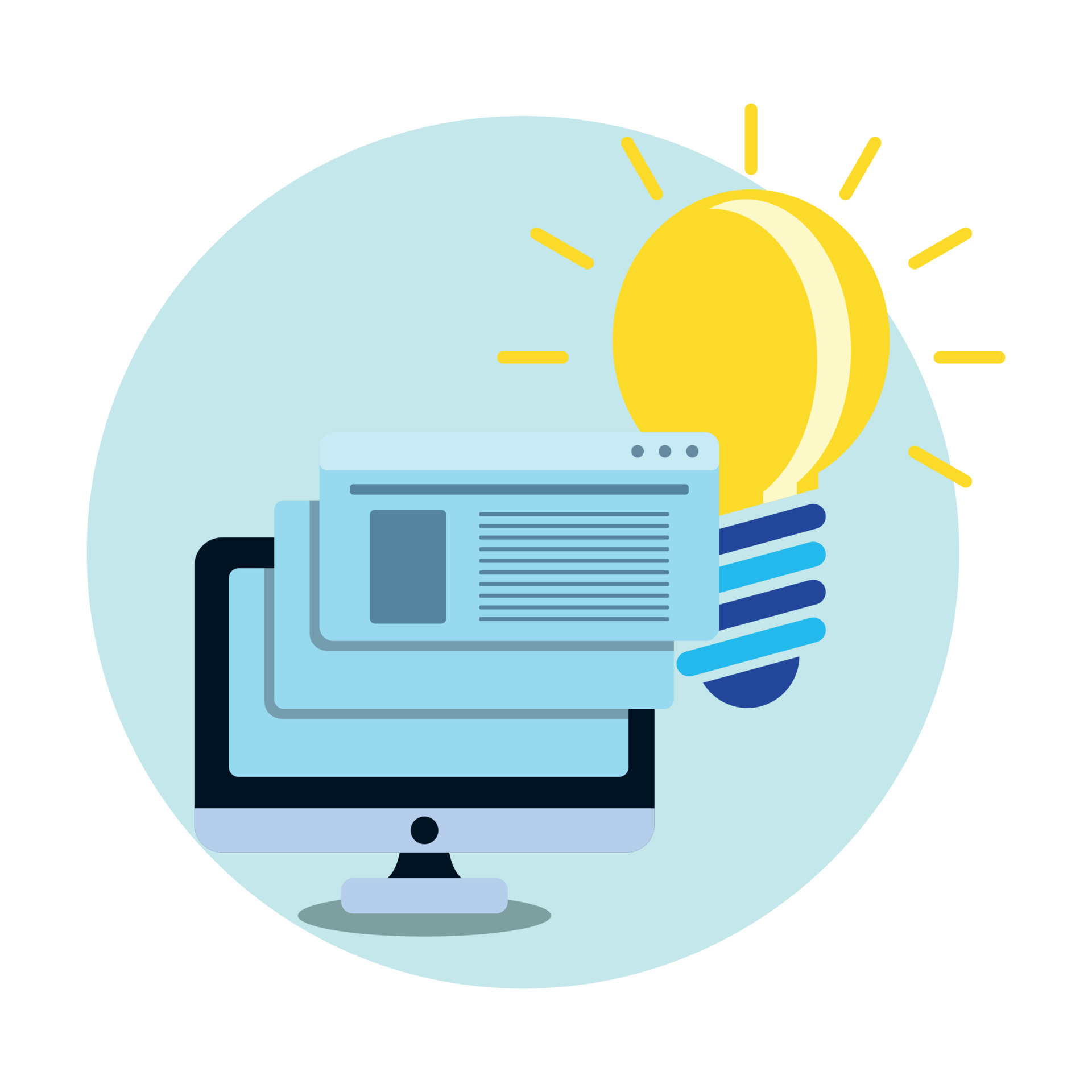

Subject: The benefits and risks of computing innovation.
From [What Is the Digital Divide?].
Computing innovation has rapidly exploded in the past 20 years, and it will continue to do so, possibly beyond our imagination. The intended purpose of innovation is to benefit our society, and so far there have been a number of life changing improvements. But along with improvements come unintended risks, which have also had life changing effects. Whether computing innovation has helped or harmed our society, it is undoubtedly true that it has become a major part of our lives. Beneficial computing innovations have been in the form of hardware, software, and even new concepts. The most apparent and common software innovation is the internet and the world wide web, which provides an endless source of all information known to man. It also has connected the whole world through email, social media, and other forms of communication. There have also been exponential improvements in computers, which has allowed humanity to perform more complex tasks, such as mapping the human genome. New concepts include e-commerce and social media, which are things that seemed out of reach less than fifty years ago. However, harmful computing innovations have occurred mostly by mistake. The most debated and discussed topic of harmful innovation is social media. Some argue that social media has ruined people and their social skills, while others say the opposite. No matter what anyone says, there is no denying that social media has shortened our attention spans because we are so accustomed to curing our boredom. It has also weakened our connection to nature and the outdoors, created cyberbullying, made distributing misinformation much easier, created unrealistic beauty standards, ruined sleep schedules, the list goes on. New innovations may also work beyond the intended purposes of the creator. Artificial Intelligence (AI) and machine learning are prime examples of technology going beyond the intentions of the creator, especially because these programs learn from the knowledge of all mankind. This includes knowledge that is harmful to our society, such as prejudice and bias. This explains why AI has been known to form biases against certain groups of people, but it was never the creator’s intention for these things to happen. Even worse, creators are starting to fear that AI has the potential to become self-conscious. This could be extremely dangerous and could lead to a future where AI rules the world and humanity has no control over their actions.
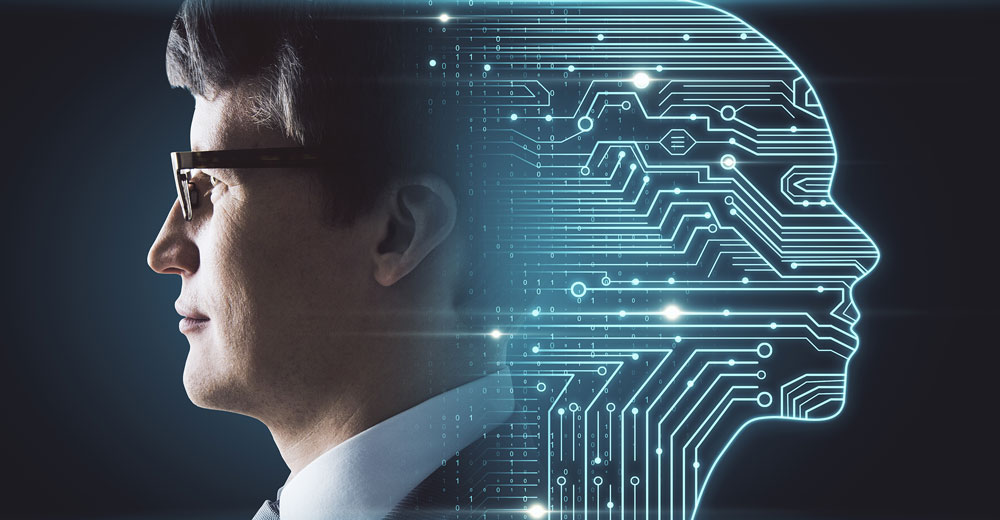

Subject: Unfair outcomes and flaws found in algorithms that cause computers to form biases.
From [Why and How Do Computers Make Unfair Decisions?],
[5 Algorithms that Demonstrate Artificial Intelligence Bias],
[Exposing the Bias Embedded in Tech].
Computers algorithms are processes that calculate outcomes by using previous input. They can be really useful for applications such as online dating or social media recommendations because it effectively gets good results for users. Unfortunately, these algorithms sometimes display some form of bias that is targeted against certain groups of people. It is not the algorithm’s fault for this bias, but rather the data that is fed into it. When algorithms gather information for a task, they often take data from our society and the decisions that users have made. For example, the algorithm PredPol has the task of predicting where future crimes will occur based on previous criminal activity. It takes many things into account, such as arrests, police call traffic, deaths, and other factors that relate to crime. Even though PredPol is already being used in many police departments in the country, it has oftentimes sent officers to neighborhoods with high populations of minorities despite the actual crime rate. The reason for this is not completely known, but it could be because the algorithm has noticed that police concentration has previously been higher in minority neighborhoods due to human bias. Another reason that computer bias exists could be because of the way a certain algorithm was designed. To be more specific, the human creator of an algorithm could have transferred his or her biased views. However, it’s not just algorithms that were designed with bias, but also other technology. In 2010, Xbox Kinect had just been released and it allowed users to play games with physical gestures rather than controllers. The new system had only been tested on fully grown men, which resulted in it not being able to cooperate with women or children.


Subject: Obtaining information via large groups of people on the internet.
From [Crowdsourcing: Definition, How It Works, Types, and Examples].
Crowdsourcing is the practice of obtaining opinions, information, and other forms of input from a large number of people who voluntarily submit this data on the internet and social media. This can allow large companies to gather feedback from people while saving money and time. It also allows companies to employ and give work to people with certain skill sets that apply to the work that they offer. A great example of crowdsourcing is found in the site Fiverr. This site is dedicated to finding people with a very specific skill set that would otherwise be difficult to find in the real world. All the user has to do is simply type in a certain task, such as website building, and hundreds, if not thousands, of services will appear. The rating system allows users to determine whether or not the service they are choosing is best or good quality. Fiverr saves time and money for businesses because it allows people to more easily find said businesses as opposed to the businesses having to use advertisements. With the advantages of crowdsourcing there are also disadvantages. The biggest problem with crowdsourcing is the fact that consistent results could vary based upon different groups. Another thing is that crowdsourcing could simply not produce enough results needed to reach an intended goal. In reality, crowdsourcing results should not be considered completely factual but rather be seen as an estimate of sorts.

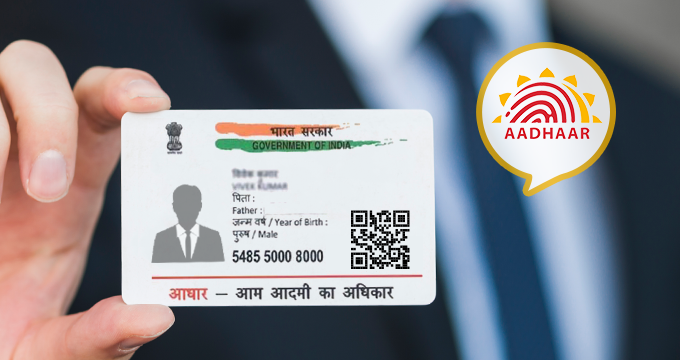
Subject: Exploring the legal and ethical issues caused by computers.
From [Ethical Problems in Computing],
[The 15 biggest data breaches of the 21st century].
As computing becomes more complex, so do the issues involved with it. It is becoming harder to tell whether or not computer crimes are really as bad as they initially seem, especially because they occur so commonly. Ethical issues related to computing are also becoming less clear and more complicated. Although these issues are extensive, they can be simplified into two broad areas. First off, computer crime is becoming so common that many people that commit it do not face legal consequences. A computer thief who steals money is often only forced to give the money back to the corporation that he or she stole it from. If this person was an employee, then it is likely that he or she would have been fired. In some cases, they might be hired by a competitor because of their skill with computers. Computer criminals also steal personal data and information from companies and leak it to the public or to its competitors. The way computer criminals are able to do this is through hacking, which is a major ethical issue. Secondly, there is the issue of privacy on websites and computers. Most people who use the internet have personal information stored on at least one service or website, whether it be their birthday or credit card information. The problem with this is that computer criminals can breach the servers of these websites and release the personal data of millions of people to the public. For example, the largest ID database in India by the name of Aadhaar had a major data breach in early 2018. Over 1.1 billion names, addresses, photos, fingerprints, iris scans, phone numbers, and emails of Indian citizens were leaked by hackers to the public.
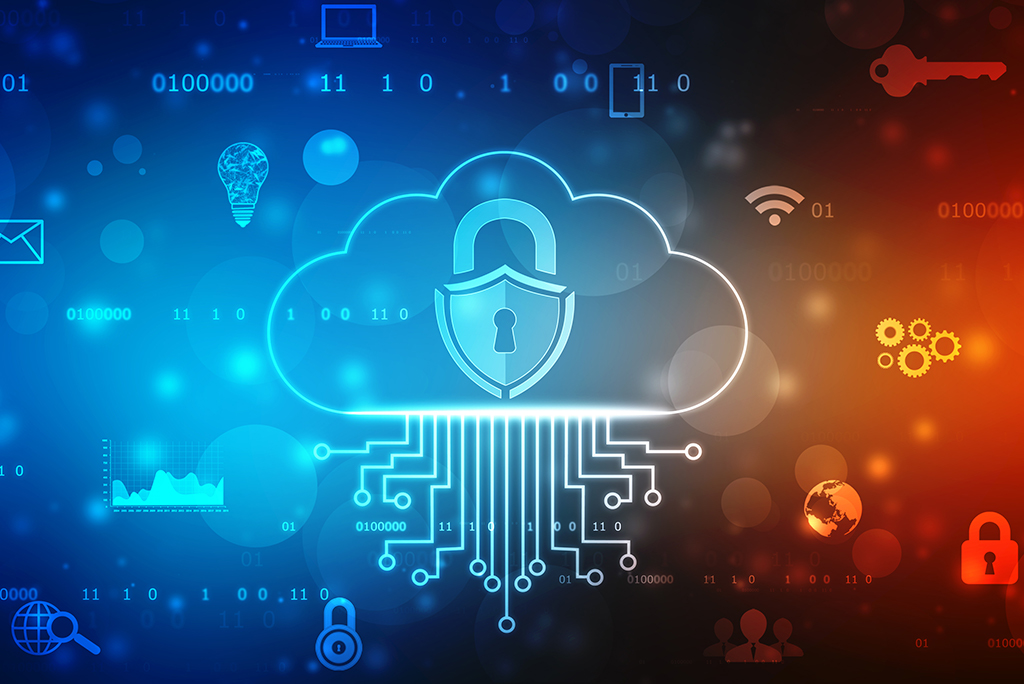
Subject: Exploring methods which people can use to stay safe on computers.
From [Safe Computing Practices].
Staying safe on computers and on the internet is an essential skill to have in this current day and age. Since basically everything is done on computers, it is devastating to lose everything you had on your personal computer. It is easy to accidentally download a virus or fall for a trick, but it is also just as easy to avoid these things. To start off, investing in an adblock or antivirus is a smart and easy way to start off. An adblock makes it so that fake download links and pop-ups are simply avoided, which makes finding a legitimate download link easier. An antivirus is for the scenario that you accidentally do download the wrong thing. If you are unsure of something, most antivirus programs have a feature that allows you to scan the file in question. The antivirus will alert you if the file is malicious, and it will also scan all of the files on your computer. Another thing you can do is make sure that your internet connection is secure, which you can do by searching for ‘WiFi’ in your computer settings. A good rule of thumb is to avoid public or unsecure networks which provide no encryption for your web connection. In case you do get hacked or attacked, it is always best to have an external hard drive with all of your important documents and files. You should always back up your files every once in a while, whether it be on a cloud drive or physical drive. By doing this, you can keep all of your information and all you have to do is wipe your computer clean and download your old personal files, and then it is good as new.